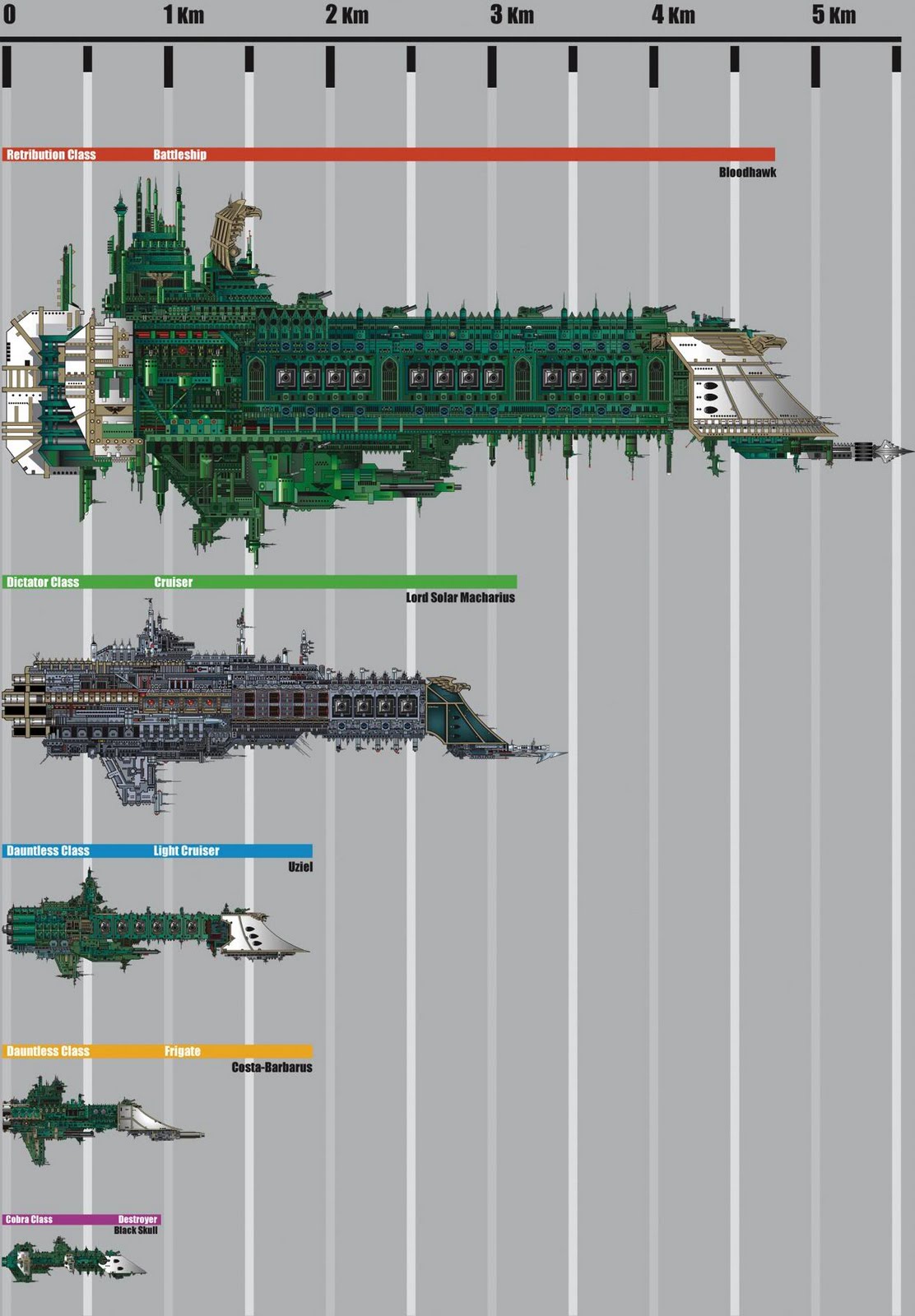


The ' voice pipe', or 'speaking tube' had been in use since the early nineteenth century, and remains in use to this day. The types and uses of battery- and sound-powered telephones in use by the Royal Navy are detailed in the Admiralty Fleet Orders, dated 9th July 1942 (section 3258). They had formed part of the Fire-control system on the Royal Navy's King George V-class battleship (1911), alongside the traditional voice-pipe communications.

Sound-powered telephones had been in-use on board naval vessels since at least the First World War. US Navy sailor with sound powered telephone c1944 (Image source, Wikimedia).These would enable communication with up to 20 stations simultaneously. Hard wired sound-powered telephones were also in use on US Navy ships late in the war. Similarly, the accounts of survivors from the crew of the Bismarck indicate that the German Battleship also had a ship-wide public address system. Royal Navy aircraft carriers like HMS Victorious also had public address systems, as illustrated in this account of HMS Victorious' service with the US Navy in the Pacific. This was certainly in use during WW2, and its limitations were often mentioned in battle damage reports (as with, for example, the USS Franklin (CV-13)), together with recommendations for improvements.Īlarms like General Quarters would be sent over the 1MC circuit.Īn improved version of the 1MC circuit (incorporating many of the recommendations for improvements from the War Damage Reports mentioned above) remains in use on US Navy vessels today. On vessels in the US Navy, the shipboard general announcing system is known as the 1 Main Circuit or simply '1MC'. Different systems were used by different navies, and not all systems would be available on all vessels. There were a variety of systems in use for onboard communication on military ships during the Second World War.


 0 kommentar(er)
0 kommentar(er)
